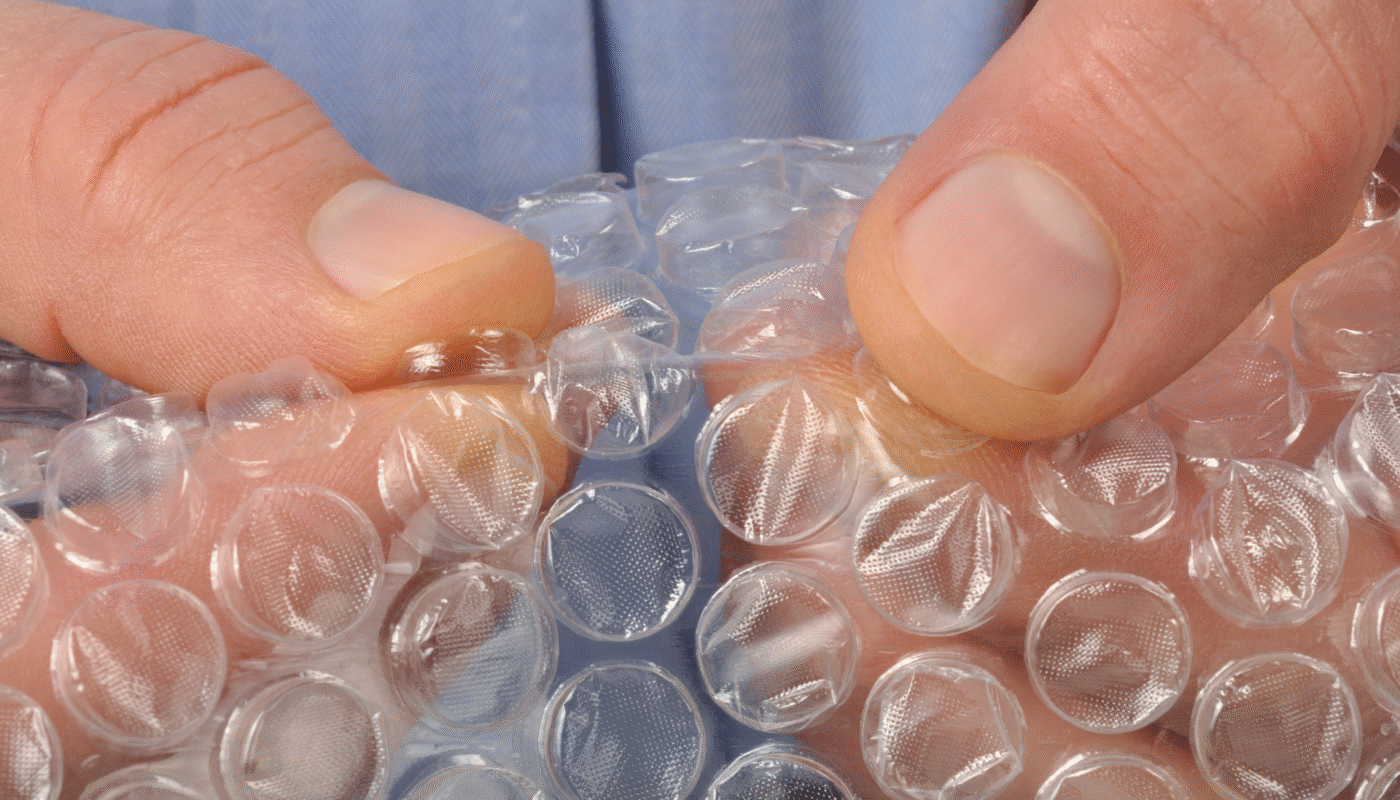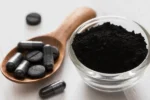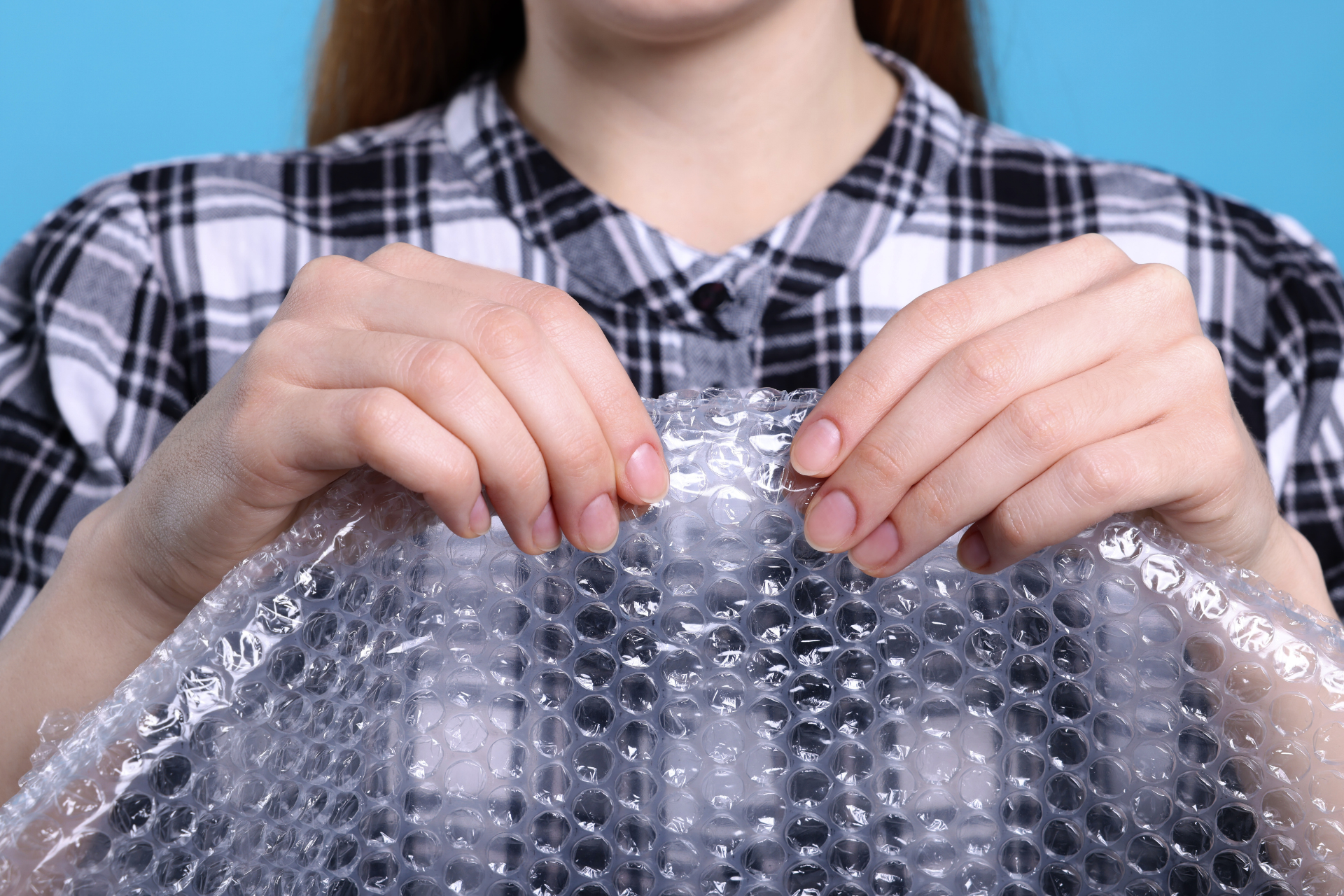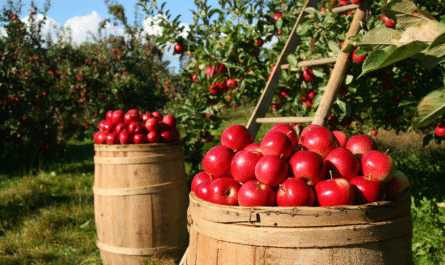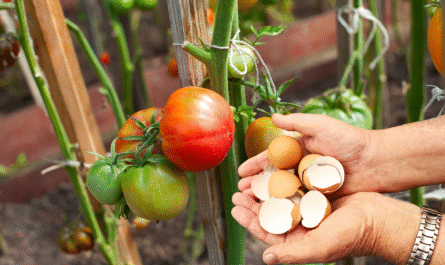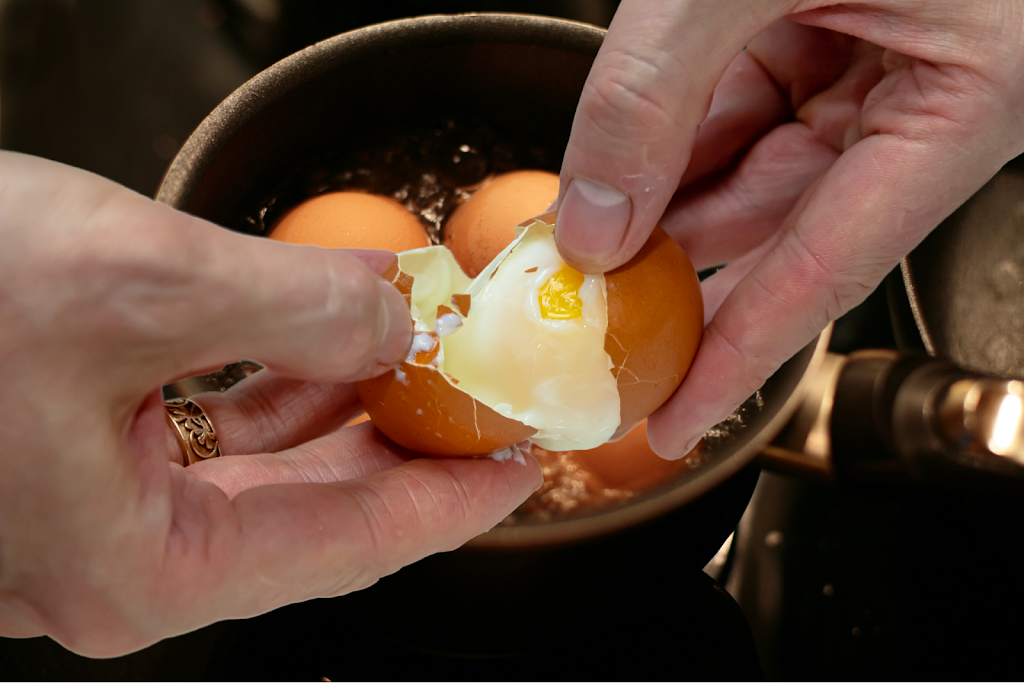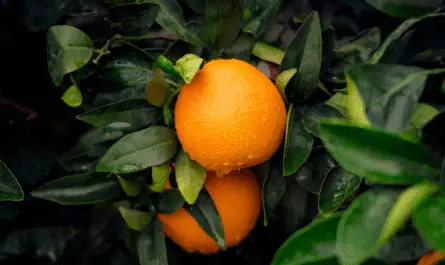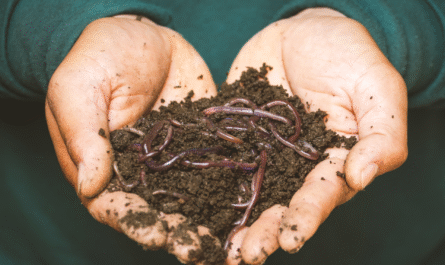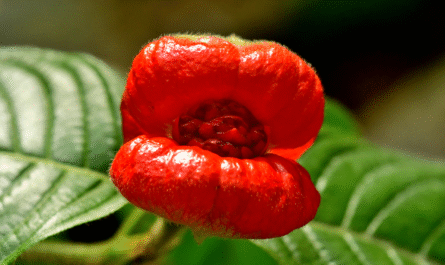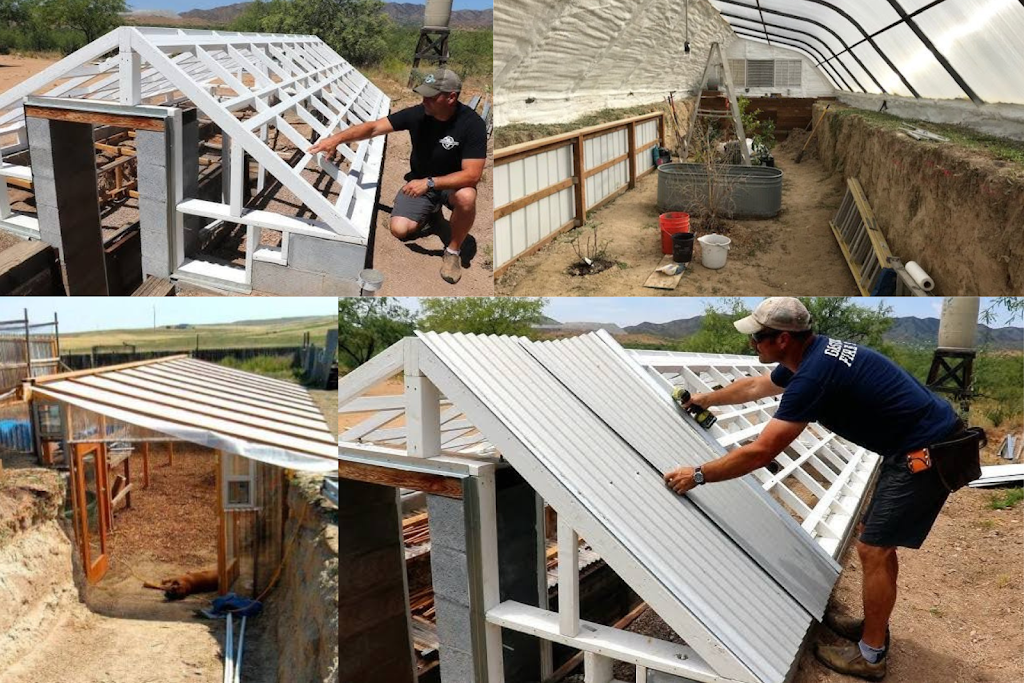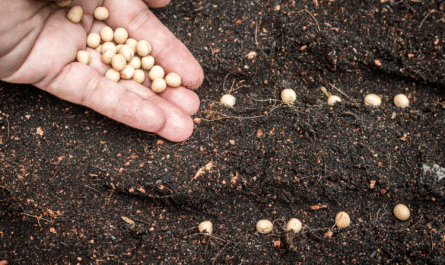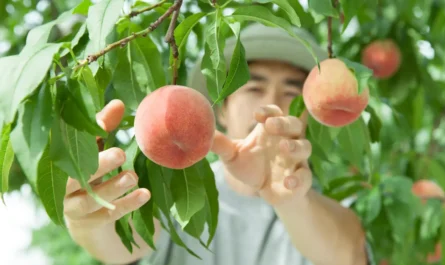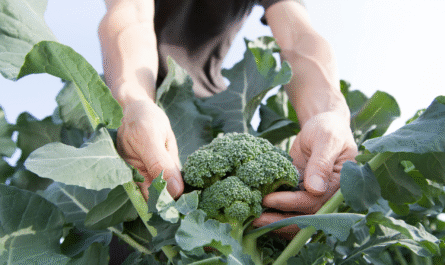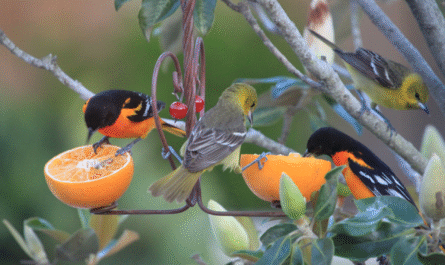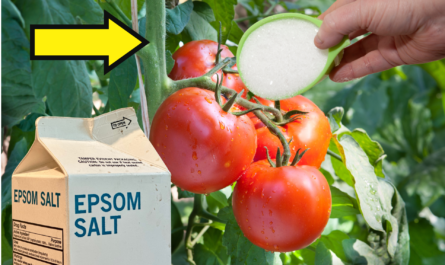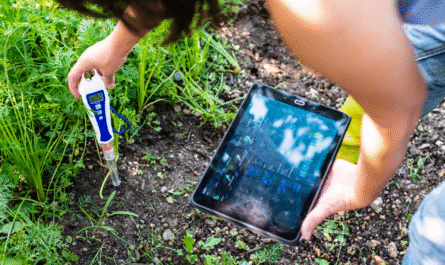As a longtime gardener, I know the thrill of finding hidden gems that most people overlook. One of the most surprising items I swear by? Bubble wrap.
That’s right – the same stuff you instinctively want to pop for stress relief. But if you garden, resist the urge. Those sheets are more valuable unpopped than you think.
I treat bubble wrap like a secret weapon in my garden arsenal. It’s lightweight, versatile, and it solves a dozen problems without costing a dime. Most people throw it away. I stockpile it.
Let me show you why.
1. Bubble Wrap is a Thermal Insulator
Temperature swings are a constant battle, especially in early spring and late fall. A sudden frost can undo weeks of hard work. Bubble wrap acts as a shock absorber against cold. The air trapped inside those bubbles holds warmth like a miniature greenhouse.
I use it to line the insides of my cold frames and greenhouses. I cut it to size and tack it to the frame with clips or small staples.
It keeps my seedlings protected when the temperature drops. Even wrapping pots in bubble wrap helps shield root balls from frost damage. It’s like giving your plants a winter coat.
2. DIY Greenhouse and Cloche Covers
Can’t afford a fancy greenhouse? No problem. I’ve made mini greenhouses out of old furniture frames, PVC hoops, and plastic storage bins—with bubble wrap as the covering.
Just drape the bubble wrap over the frame, secure it with clothespins or string, and you’ve got a cost-effective solar tent. The transparency lets light in, while the bubbles retain heat.
For individual plants, I make cloches. Cut a sheet, roll it into a cylinder, tape it, and place it over a tender seedling. It traps heat and protects from wind and pests.
3. Protection from Wind and Drafts
Windburn is real, and young plants are vulnerable. When wind whips through a garden, it saps moisture and stresses plants. I use bubble wrap as a windbreak around new transplants or sensitive herbs like basil.
A simple solution: take a tomato cage, wrap the inside with bubble wrap, and plant inside the circle. You get 360-degree protection without losing visibility.
4. Overwintering Container Plants
I don’t drag all my pots indoors once winter hits. Instead, I wrap terracotta and ceramic containers in bubble wrap. It prevents cracking caused by freeze-thaw cycles.
For more cold-sensitive potted plants, I triple-wrap the container and even add a layer of bubble wrap around the plant stem, under a tarp. The difference in survival rates is night and day. No root damage, no frostbitten foliage.
5. Seed Starting Warmth
Germination needs warmth. But heating mats can be pricey and bulky. I line the inside of my seed trays with a sheet of bubble wrap. It creates a thin insulation layer that holds residual heat longer, especially when I place the trays on sunny windowsills.
Add a bubble wrap tent over the tray, and you boost humidity and temperature, perfect for sprouting tomatoes, peppers, and eggplants.
6. Moisture Control and Mulch Substitute
Bubble wrap helps retain moisture around plant bases. In dry spells, I sometimes lay sheets between rows in my raised beds, bubble-side down, and top with straw. It slows evaporation and discourages weeds.
Is it breathable like organic mulch? No. But it’s a handy short-term fix in drought conditions.
7. Moving Plants and Shipping Cuttings
If you share cuttings or need to move houseplants, bubble wrap is a lifesaver. Wrap stems and leaves loosely before placing them in containers or boxes. The cushioning prevents bruising, and the insulation protects from temperature changes.
I’ve shipped delicate cuttings cross-country using bubble wrap, and they arrived fresh and undamaged. It’s as good as professional packaging.
8. Protecting Garden Tools and Storage
Off-season, I wrap sharp-edged tools in bubble wrap before storing them. It keeps rust at bay (less moisture exposure) and prevents dings if tools get jostled. I also use it to wrap glass thermometers and fragile irrigation parts.
I keep my stored bulbs in crates lined with bubble wrap. It cushions them, and the insulation reduces sudden temperature shifts.
9. Animal Deterrent (Yes, Really)
Some gardeners use bubble wrap as a deterrent. Birds and squirrels dislike the texture and sound. I lined raised bed edges with narrow strips to keep critters from lounging or digging. It’s not foolproof, but it’s a deterrent that adds a little extra protection.
And for pets who mistake garden beds for nap spots? A few sheets of bubble wrap do wonders.
10. Reusability and Sustainability
Most of my bubble wrap comes from packages I receive. I flatten it, store it dry, and reuse it again and again. It doesn’t degrade quickly, and if treated gently, each sheet lasts through multiple seasons.
In an era of waste, finding creative reuse strategies matters. If something can do double duty and help my garden thrive, I’m all in.
Final Thoughts
Bubble wrap isn’t just a shipping filler. In the garden, it’s insulation, protection, and support rolled into one. The best part? It’s free if you save it. I never pop a sheet anymore. Every time I see those little air pockets, I see possibility.
So next time you get a package and your hands itch to squeeze those bubbles, think again. Your garden might thank you.
FAQs
Can bubble wrap be used in direct sunlight without degrading?
Yes, but only for a while. Prolonged UV exposure will eventually break it down. If using it outdoors, try to place it under a tarp or shade net to extend its life.
Is it safe to use bubble wrap around edible plants?
As long as it’s clean and undamaged, yes. It doesn’t leach chemicals into the soil. Just avoid bubble wrap with printed ink or labels.
How do I clean and store bubble wrap between uses?
Wipe it down with a damp cloth, let it dry completely, then roll or fold it flat. Store in a dry place out of the sun to prevent brittleness.
Can I recycle bubble wrap if it gets damaged?
Most curbside recycling won’t take it, but many grocery stores or shipping centers have drop-off bins for soft plastics.
How thick should bubble wrap be for winter protection?
For frost protection, standard small-bubble wrap works. For extreme cold, use large-bubble wrap or double-layer the sheets for better insulation.

